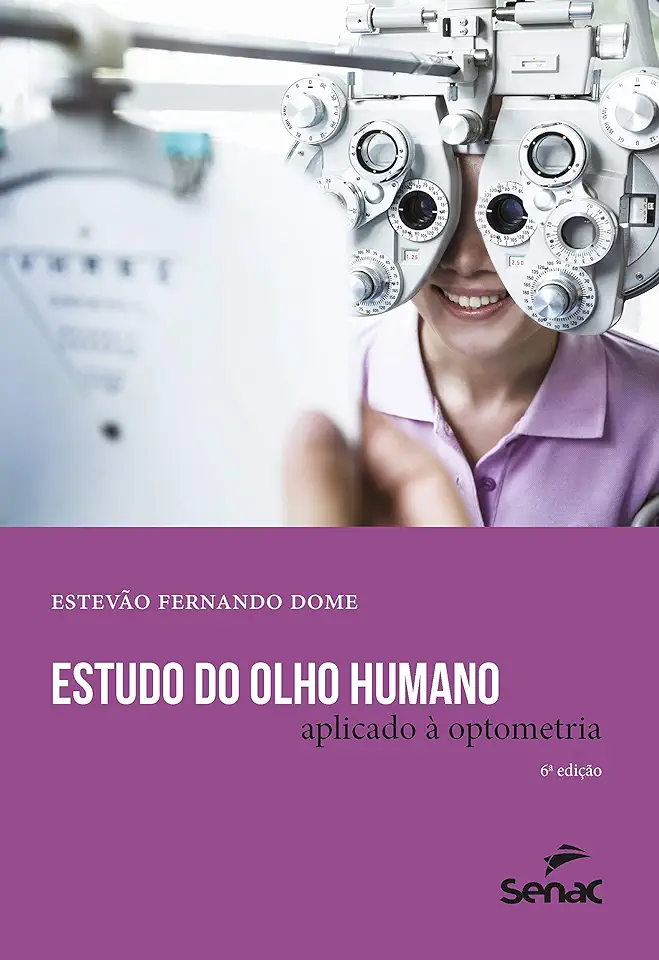
Study of the Human Eye Applied to Optometry - Estevão Fernando Dome
Study of the Human Eye Applied to Optometry: A Comprehensive Guide for Eye Care Professionals
Introduction
The human eye is a complex and fascinating organ that allows us to perceive the world around us. Understanding the structure and function of the eye is essential for optometrists and other eye care professionals who are responsible for diagnosing and treating eye conditions.
Anatomy and Physiology of the Eye
The book begins with a detailed overview of the anatomy and physiology of the eye. This section covers the following topics:
- The structure of the eyeball, including the cornea, sclera, iris, pupil, lens, and retina
- The function of the different parts of the eye, such as how the cornea and lens work together to focus light on the retina
- The process of vision, including how the retina converts light into electrical signals that are sent to the brain
Optics and Refraction
The second section of the book covers optics and refraction, which are essential concepts for understanding how the eye works. This section covers the following topics:
- The principles of optics, including the laws of reflection and refraction
- How the cornea and lens refract light to focus it on the retina
- The different types of refractive errors, such as nearsightedness, farsightedness, and astigmatism
Ocular Motility
The third section of the book covers ocular motility, which is the movement of the eyes. This section covers the following topics:
- The muscles that control eye movement
- The different types of eye movements, such as saccades, smooth pursuit, and vergence
- The role of the vestibular system in eye movement
Binocular Vision
The fourth section of the book covers binocular vision, which is the ability to use both eyes together to see a single, clear image. This section covers the following topics:
- The development of binocular vision
- The different types of binocular vision anomalies, such as strabismus and amblyopia
- The treatment of binocular vision anomalies
Clinical Optometry
The fifth section of the book covers clinical optometry, which is the application of optometric principles to the diagnosis and treatment of eye conditions. This section covers the following topics:
- The different types of eye examinations
- The diagnosis and treatment of common eye conditions, such as refractive errors, cataracts, and glaucoma
- The role of optometrists in the management of eye health
Conclusion
Study of the Human Eye Applied to Optometry is a comprehensive and well-written book that provides a thorough understanding of the human eye and its function. This book is an essential resource for optometrists and other eye care professionals who want to provide the best possible care for their patients.
Why You Should Buy This Book
If you are an optometrist or other eye care professional, this book is a must-have for your library. It provides a comprehensive and up-to-date overview of the human eye and its function, and it is an essential resource for anyone who wants to provide the best possible care for their patients.
Here are a few reasons why you should buy this book:
- It is written by a leading expert in the field of optometry.
- It is comprehensive and covers all aspects of the human eye and its function.
- It is well-written and easy to understand.
- It is an essential resource for optometrists and other eye care professionals.
Don't miss out on this opportunity to own the most comprehensive and up-to-date book on the human eye and its function. Order your copy today!